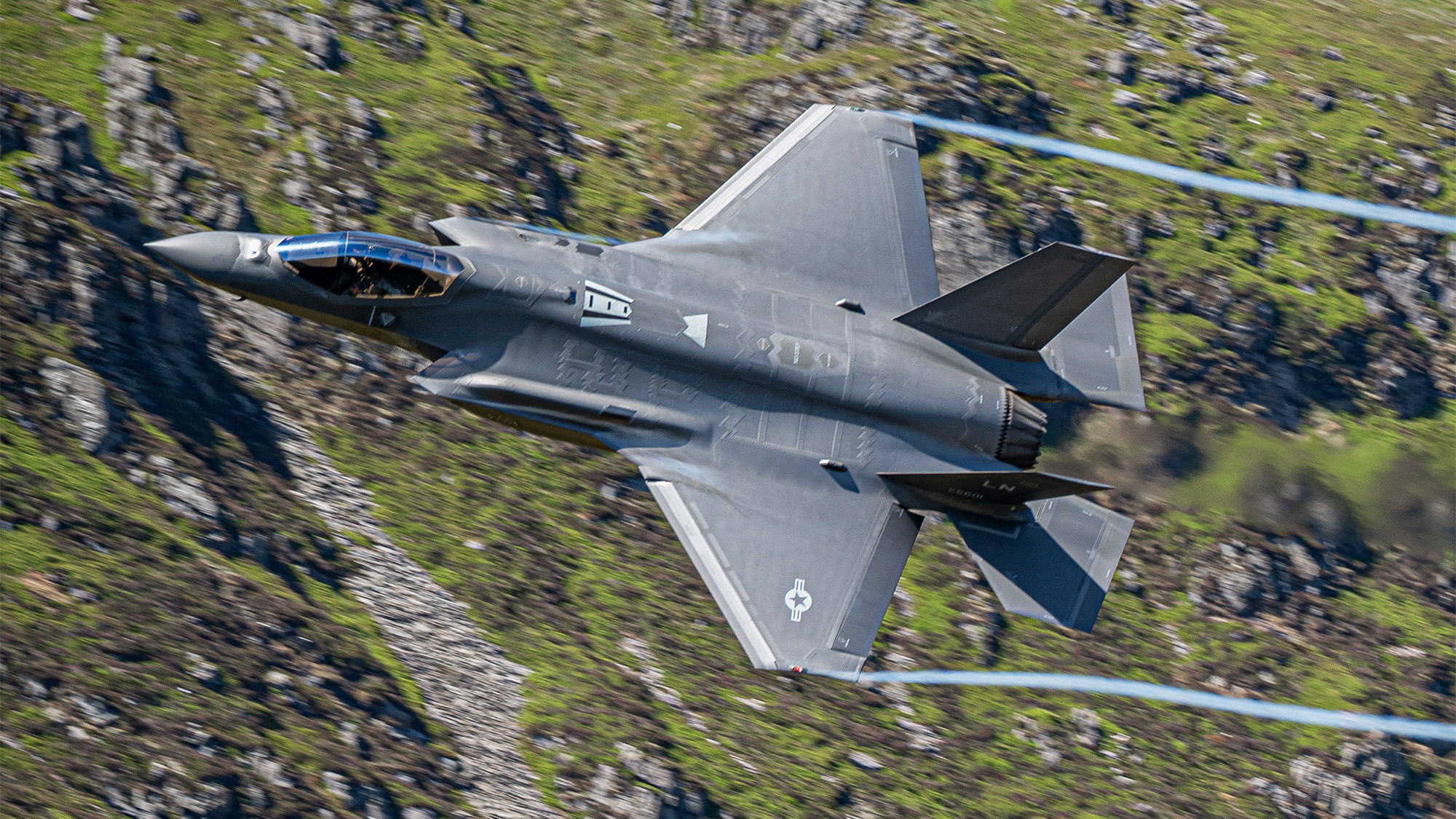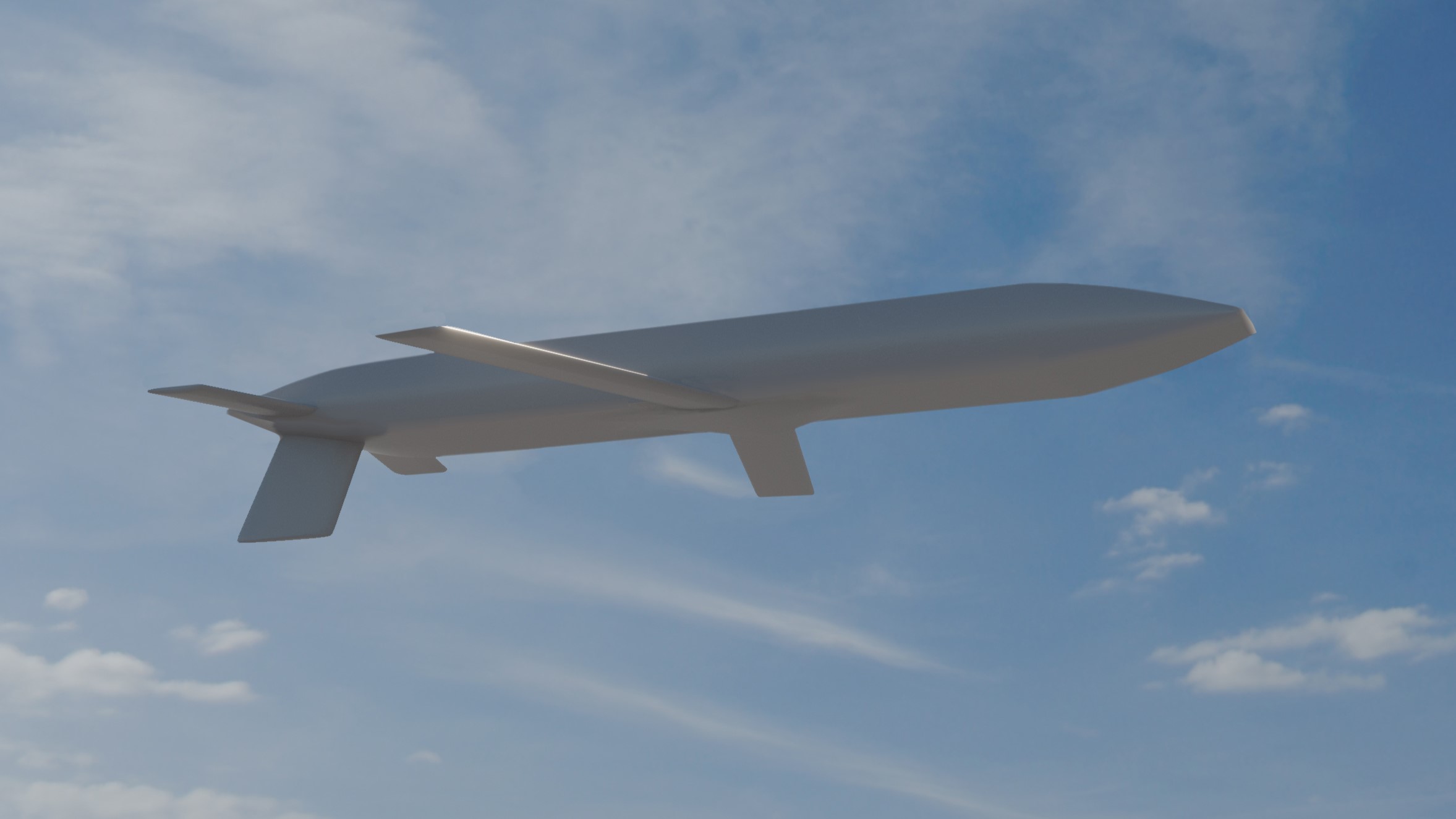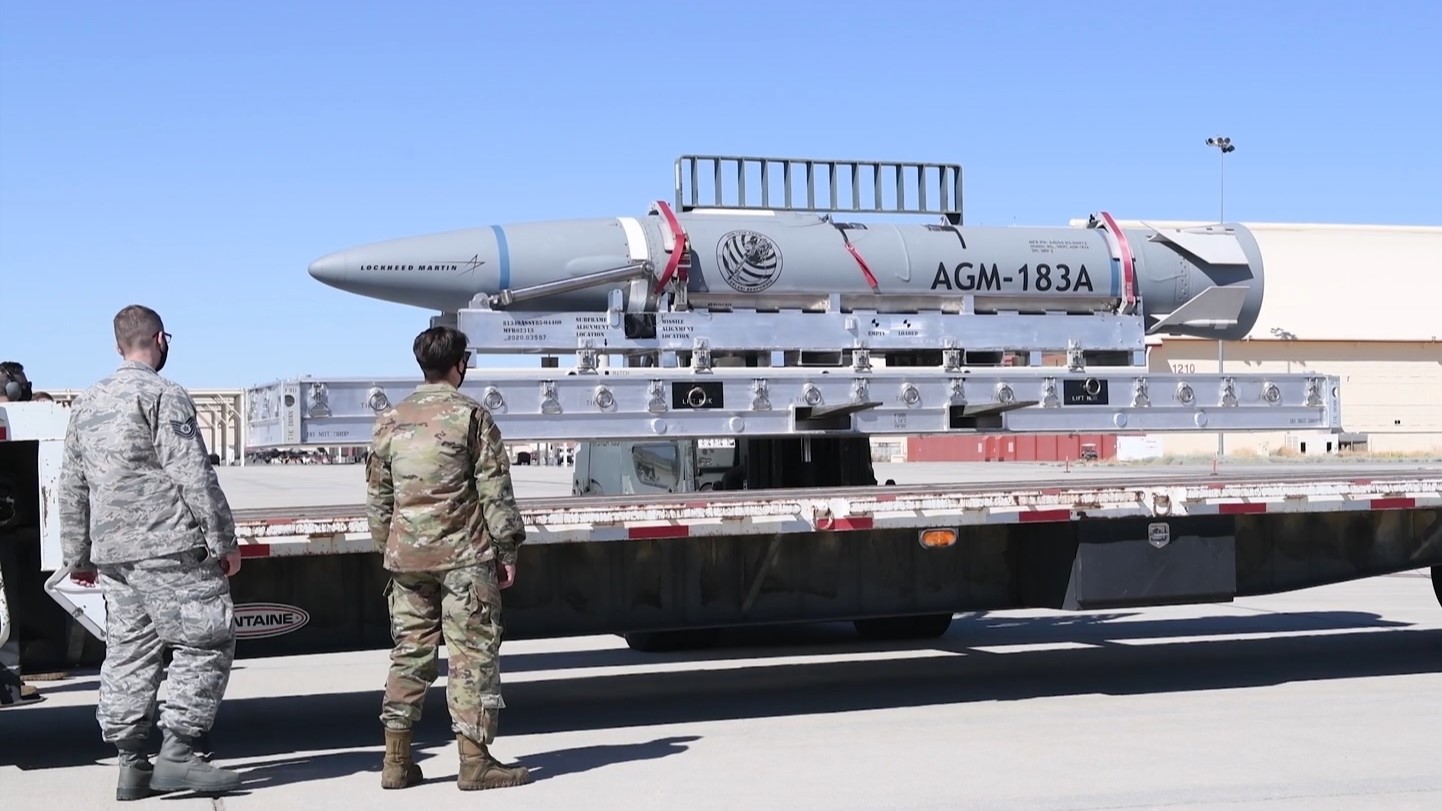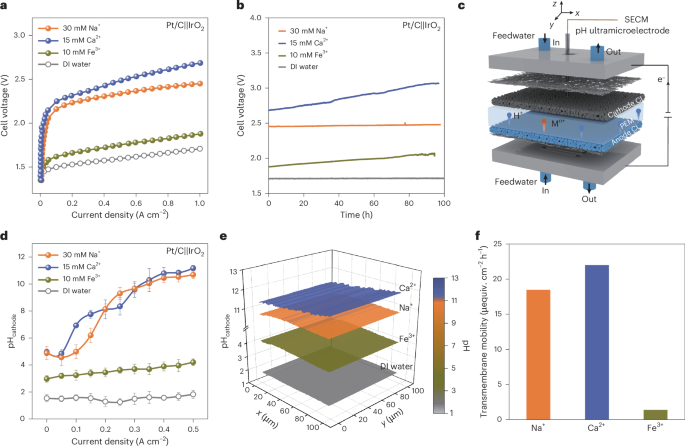USAF slashes F-35 buy, boosts next-gen fighter in unconventional 2026 budget proposal
The Pentagon’s spending request includes not just the usual appropriations, but also the still-under-debate reconciliation bill.

The budget proposal was quietly delivered to Congress yesterday—an unorthodox rollout without the typical public release and background briefings for press. Even more unconventional: documents sent to Capitol Hill include not just the usual defense appropriations, but also money they are seeking in the reconciliation package. Defense One obtained copies of several of the documents.
And another oddity: the proposal arrived one day after the House Appropriations Committee, frustrated by the Trump administration’s tardiness, moved ahead with its own draft of the 2026 defense budget.
For the Air Force, total procurement in 2026 would reach $54.2 billion, plus another $9.7 billion in the reconciliation bill. The baseline request is down for the 2025 enacted budget, which allocated $55.8 billion for service procurement.
The base-budget proposal would buy just 24 F-35s in the next fiscal year, half of last year’s plan, and down from the 44 bought in 2025. The proposed reconciliation bill would not change that.
But other Air Force acquisition programs would see huge increases if the bill passes. The base-budget proposal has $2.6 billion for the B-21 stealth bomber program, which would get another $2.1 billion in the reconciliation bill, and another $862 million for “advanced procurement” of the bomber. The service requested no base-budget money to buy F-15EX fighter jets, but the reconciliation bill would fund 21 of them for $2.5 billion.
The base budget would also fund the purchase of 15 of the troubled KC-46 tankers and 14 T-7 trainers.
The E-7 Wedgetail radar plane would get a mere $200 million, confirming Pentagon officials’ desire to axe the program. The Air Force once planned to buy 26 of the AWACS-replacing aircraft, but the Pentagon wants to shift its focus to space-based surveillance.
The Air Force is asking for $4.2 billion to buy missiles—and another $1.9 billion in the reconciliation bill. The proposal would resurrect the service’s ARRW boost-glide missile program and more than double funding for the new Long Range Stand-off Weapon.
For research and development, the Air Force is requesting a total of $52 billion, plus $10.2 billion in reconciliation. The combined proposals would give a whopping $4.7 billion to the B-21 and $4.1 billion to the Sentinel ICBM program.
The Air Force is also leaning on reconciliation funds for its Collaborative Combat Aircraft drones that will fly alongside manned fighters. The service is asking for $111 million in its base budget, but is hoping to get $678 million in reconciliation, for a total of $789 billion.
The F-47 fighter jet, personally unveiled by President Trump earlier this year, would also get a big boost: $2.6 billion in the base budget, plus $900 million in reconciliation, for a total of $3.5 billion. (Its naval sixth-gen counterpart, the F/A-XX, would get axed in 2026: down to $74 million from the $454 million enacted in 2025. Congress, however, is fighting to keep the program alive, and has added money to the SASC and HASC version of the reconciliation bill)
The service also is asking for $602 billion in R&D funds for its VC-25B presidential jets. While the service is still plowing ahead with modifications to two 747s ordered years ago to become Air Force Ones, the Pentagon has also begun modifying a Qatari jet for Trump to fly in. It is unclear whether any of these funds will go to modify that jet, which would require a costly overhaul to check for security risks.
The budget proposal would fund the Next Generation Air Refueling System program, an effort to replace 70-year-old aerial tankers, with an allocation of just $12 million. A next-gen refueler has been de-prioritized as the Air Force moves ahead with the F-47.
Space Force takes a hit
The Space Force’s procurement budget is poised to take a hit in 2026, despite calls from the youngest service’s leaders for major growth. The service is asking for $3.4 billion in its base budget, a total that reconciliation would bump up to $3.7 billion—a figure that is still lower than the $3.9 billion enacted in 2025.
Research and development funds look more promising, with the Space Force asking for $15.5 billion in its baseline. With $13.6 billion in the reconciliation bill, that would bring the total R&D funds to $29 billion—a big plus-up from the $18.5 billion in the 2025 budget.
Much of that would go to the Golden Dome missile-defense project, but it’s not entirely clear how much. The budget proposal indicates that it expects the reconciliation bill to provide $6.4 billion for R&D for “Long Range Kill Chains.”
The Space Force would also get $6.2 billion for classified R&D: $2.9 billion from the base budget, $3.3 billion from reconciliation. ]]>


















































































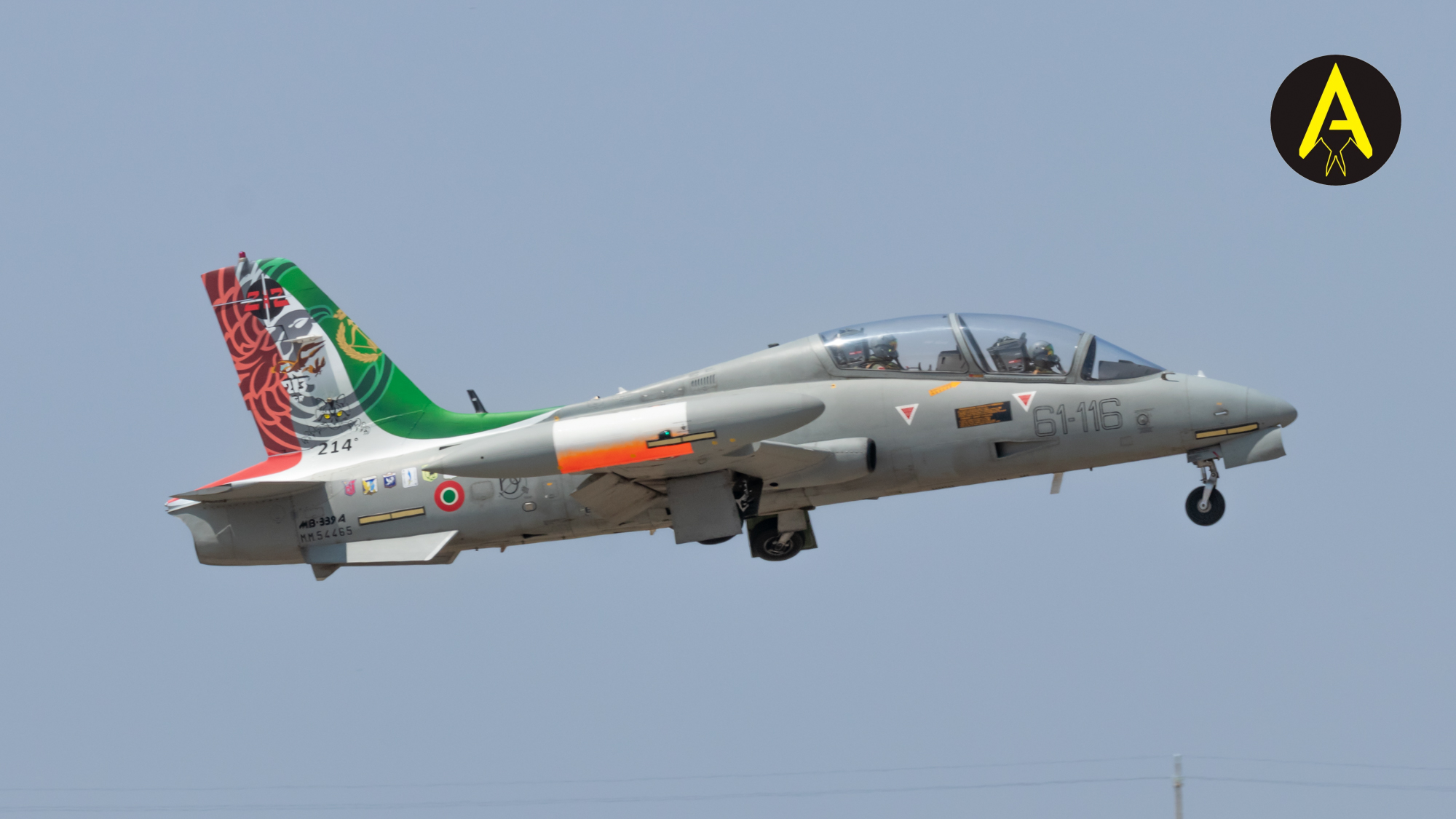


![Inside Honeywell’s plan for a new F-35 cooling system [Video]](https://breakingdefense.com/wp-content/uploads/sites/3/2024/07/8509355-1-scaled-e1721820217290.jpg?#)













